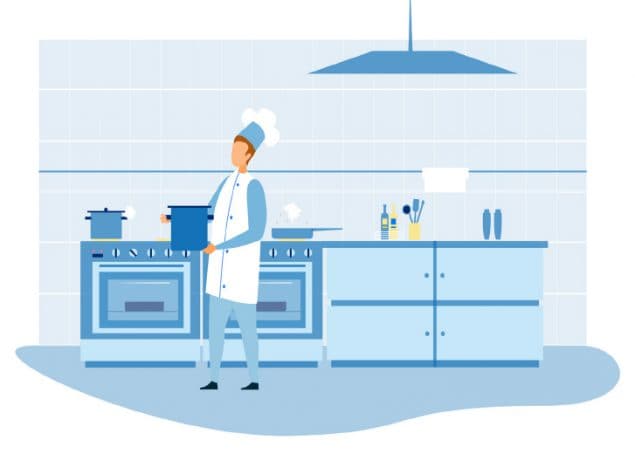Virginia’s Collaborative Investigation Cracks the Case
Collaboration within a health department is crucial during a foodborne outbreak investigation, and a multidisciplinary approach is often needed to identify, solve, and stop the outbreak. By working collaboratively, epidemiology, laboratory, environmental health staff of the Virginia Department of Health (VDH) and agriculture partners identified environmental contamination due to shell eggs as the source of a reoccurring outbreak of salmonellosis in Virginia.

An Outbreak at a Restaurant Chain
In January 2019, VDH’s Division of Surveillance and Investigation (DSI) was notified of a suspected cluster of illness of Salmonella Braenderup by the Virginia Division of Consolidated Laboratory Services (DCLS). VDH DSI initiated its investigation by interviewing the sick persons identified in the cluster. They found that those who became ill reported eating an egg dish at one of the three locations of a national chain restaurant. As part of the cluster investigation, Virginia DCLS compared the subtyping results from the sick individuals in this cluster and discovered that they matched the pulsed-field gel electrophoresis (PFGE) pattern from a 2018 national Salmonella Braenderup outbreak associated with shell eggs that resulted in a recall of over 200 million eggs.
A Collaborative Effort
Following this finding, the Virginia Rapid Response Team (RRT) assembled a team that included the VDH local health district, the Office of Environmental Health Services, and the Department of Agriculture and Consumer Services. This team performed an environmental assessment at one of the locations of the national chain restaurant identified in the case interviews. In addition, the team took environmental swabs in the kitchen and dish-washing room and collected fresh shell eggs for testing. While performing the environmental assessment, the team also observed substantial cooking and cleaning violations.
Rapid Response Teams (RRTs) are multi-agency, multi-disciplinary teams that respond to human and animal food emergencies and implement control measures in accordance with their findings. Virginia is one of many states that currently have RRTs. To learn more about RRTs, click on the link below: FDA Rapid Response Teamsexternal icon.

An Eggscellent Discovery
Salmonella Braenderup was recovered from several environmental samples taken at the restaurant. DCLS used whole genome sequencing (WGS) to determine that the strain was highly related genetically to the strain of Salmonella Braenderup that infected the sick individuals. Although the lab did not detect Salmonella Braenderup in the eggs collected at the restaurant, the team conducted a traceback investigation to identify the source of the shell eggs and found that they came from the same egg producer that produced the eggs that caused the 2018 outbreak.
Virginia recognized that this cluster could be a reoccurrence of the 2018 outbreak and quickly worked across multiple disciplines to determine its source before more individuals in Virginia and elsewhere in the country got sick. Additionally, VDH was able to recommend and highlight the importance of increased cleaning practices and kitchen remediation to prevent persistent restaurant contaminants that can make people sick.